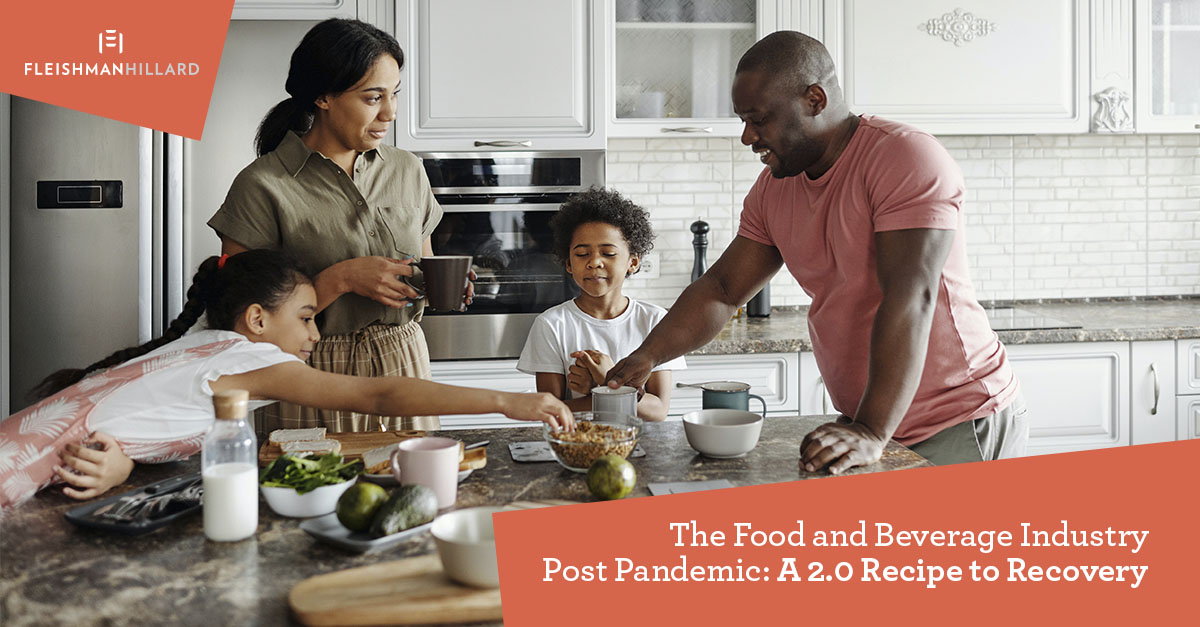The Food and Beverage Industry Post Pandemic: A 2.0 Recipe to Recovery
I wouldn’t call myself a foodie, nor do I really know what ingredients make a coffee, craft beer or cocktails great. What I do know, is that I love the culture that comes with the food and beverage industry; the nostalgia of home cooking with my grandmother, celebrating milestones at the local, and discovering different foods by way of getting to know communities on my travels.
When the COVID-19 pandemic hit, I was in Australia, and as the city swiftly shutdown I cautiously boarded one of the last flights back to the U.K. My door-to-door journey from Sydney to London brought home the reality the devastating effects the pandemic has had, as I saw the shutter doors close on every industry on both sides of the hemisphere. Eerily deserted airports, major retailers having no sign of life and ‘closed’ signs on my favourite night spots old and new – the world was officially on pause.
We weren’t ready for this.
Brands and consumers were united by feelings of panic, concern, anxiety and heightened stress levels as the world turned outside in. Everyone took stock and revaluated what mattered with 68% of people saying that the pandemic changed the products and services they once thought were important and 26% stating that they stopped buying unhealthy takeaways.
We went back to basics, we re-created and we pivoted.
A new group of people emerged, enter Gen C. Transcending age and demographics, yet united by a mindset, they made a virtual movement. Amidst the chaos, this group changed how we connect, curate, create and build community, ultimately demanding a new culture of brand behaviour that rippled throughout every industry.
With 68% of people stating they care about companies supporting public health efforts, they’re re-evaluating what was important to them, investing less into consumption and instead trialling items of greater importance – with an increase in fresh and organic foods (13%) and packaged goods and beverages (24%).
Necessity became the new currency.
Just like people, brands also took stock. As restrictions change, brands are re-opening their shutters with a surge of business models adapting; alcohol companies producing hand sanitizer, restaurant quality food being delivered to homes, CBD increasingly becoming a health ingredient in drinks and ice-cream, online cooking classes reigniting a love of banana bread.
As a result, we’re seeing signs of life back in the industries as brands give people the option to choose how, where and when they want to enjoy.
The culture of the food, agriculture and beverage (FAB) industry as we once knew it is changing beyond recognition and the recipe to recovery is still being written. If it’s taking inspiration from the Japanese Robot Restaurant for contactless dine-in service, to building FAB community training programmes to create more jobs, the brands that continue to stay in-tune with people and culture will continue to thrive.
Because the world needs brands to step up right now.
The FleishmanHillard Youth & Culture specialist team within Brand and Consumer Marketing launched its latest report, “Gen C: A new virtual sanity – Invest in Culture Over Consumption,” in July with support from the agency’s TRUE Global Intelligence practice. It examines Gen C, a group not defined by age but by their connected lifestyle, and explores changing expectations of brands as we enter a new era – and what that means for brands today and tomorrow.

